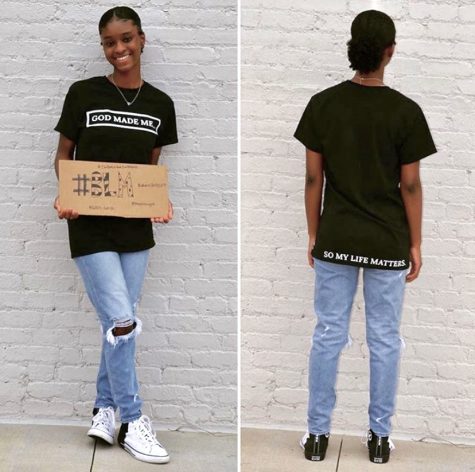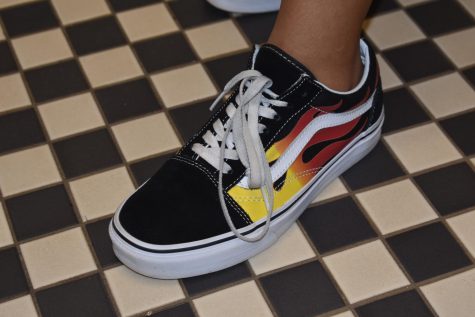Long Live Fashion!
H&M Conscious promotes clothing sustainability
More stories from Mary Lerner
Who Made My Clothes?: As a result of growing awareness about the impact fashion has on people and the planet, fast fashion companies are focusing on their ethical profiles to drive long-term sales growth.
Fashion has always been about the “new”: new ideas, new designs and new trends. Every season, people update their wardrobe with the newest trends. But what about the old clothes that people never wear or forget about? We all outgrow, wear out or change our style of clothes. But those old clothes deserve a second chance. H&M has an answer. The retailer has created a movement of giving old clothes new life. Stores around the world are taking environmental efforts toward reducing landfill build up by offering to recycle your clothing. H&M is the first fashion company in the world to launch a global initiative that encourages customers to hand in unwanted garments – from any brand and in any condition – to H&M stores.
The entire goal of this operation is to “close the loop” in fashion. According to the Environmental Protection Agency , 5 percent of the matter in landfills in the U.S. is textiles. About 95 percent of these could be reused or recycled. By recycling old clothes, the need for raw materials is greatly reduced, reducing threat of shortages. By turning in old clothes, the “throwaway culture” that is affecting the environment. In early 2014, H&M first experimented and made the first products with at least 20 percent recycled material from collected garments. The company is working on technology to raise the rate to 100 percent.
H&M collected 20,000 tons of donated clothes through an in-store recycling partnership with I:CO, or I:Collect, a clothing reuse and recycling company in Germany, the United Kingdom, the United States and in Japan, aiming to keep consumers’ clothing and shoes in a closed loop production cycle where these goods can be reprocessed. The clothing was hand-sorted for either reuse or recycling: much of the clothing can be worn again and is sold on the secondary market (H&M donates the revenue to charity in local markets), while some requires a small repair (which I:CO manages); or the garment can be remade into something more valuable or converted into insulation or another product.
These efforts will not go in vain. At the Global Change awards, an annual innovation challenge for circular fashion, in February, the H&M Conscious Foundation awarded money to five startup companies that created models of technologies for improving the apparel industry’s environmental footprint. These start-up companies are invested in new ways to make the fashion industry sustainable while being eco-friendly.
With H&M stores worldwide offering to collect unwanted garments, the company encourages consumers to contribute. When the school year ends, people will be going through their closets and throwing out old, unwanted items. Whether they are throwing out theirs because the items don’t fit, are worn out, or because they are heading to college and can’t fit the massive collection in a small dorm, H&M wants the clothes. Everyone can all be a part of this revolution.




![Junior Nile D’Abreau sits in the orchestra room after the first G.S.A Club meeting of the year. His personal style is inspired by new-age rappers. “I think pop culture really influences teen fashion especially through social media because [we] get different ideas from different people and make [our] own styles,” D’Abreau said.](https://thesoutherneronline.com/wp-content/uploads/2019/08/5C0CA708-6A5B-47A6-B06C-5F071618489C-1-475x317.jpg)


